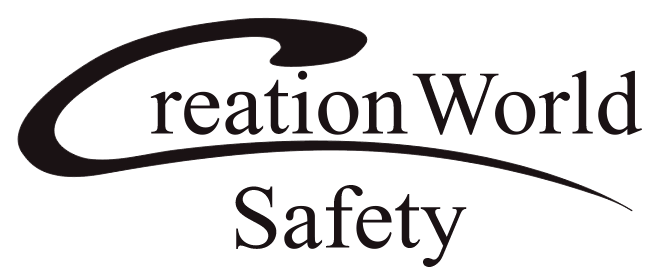07 Dec Identifying & Reporting Hazards on the Job Site
Identifying and reporting hazards on the job site is crucial to workplace safety. According to OSHA, the failure to identify or assess hazards in the workplace is a direct cause of accidents on the job. Both employers and employees have a responsibility to collect and review information about potential hazards. At Creation World Safety in Torrance, CA, we’ve got six steps you can take to appropriately identify and report hazards on the job site.
1. Collect Information About Existing Workplace Hazards
An ongoing responsibility at every job site should be to collect information about workplace hazards, whether they currently exist or could potentially exist. You can find this information from both internal and external sources. Once this information is collected, review it with your team to discuss which hazards may be present at a particular job site.
2. Inspect the Workplace for Hazards
Regularly scheduled hazard inspections should always be performed throughout a job. Job sites can change over time which can create new opportunities for hazards. This is especially true when dealing with hazardous waste operations or heavy-duty machinery. Regular inspections will allow you to identify hazards before an accident occurs.
3. Identify Health Hazards
Health hazards can be one of the hardest hazards to identify. These hazards include chemical, physical, biological, and ergonomic hazards. Unfortunately, some of these hazards can be invisible or odorless like gases and vapors, which can make it difficult to identify. It’s important to stay alert and continue following regular hazard checks.
4. Incident Investigations
If and when incidents occur, ensure that an in-depth investigation is conducted to guarantee that the accident doesn’t occur again. In the investigation, you should identify where hazards exist and report the root cause of the hazard or incident.
5. Emergency Situations
Even when we follow protocol and have regular hazard inspections, emergency situations can happen. Be sure to have procedures in place for various types of emergency hazards like fire, explosions, hazardous waste spills, structural collapse, disease outbreaks, natural disasters, and medical emergencies.
6. Report & Identify Interim Control of Hazards
Once a hazard has been identified, you must put in place interim controls of the hazard and report the hazard immediately. If more than one hazard is identified, prioritize the hazards based on danger or how likely an accident is to occur. All hazards should be reported and addressed in a timely manner.
Contact Creation World Safety in Torrance, CA for Hazard Management Training!
For on-the-job training like hazardous waste operations training in Torrance, CA, contact Creation World Safety. We offer OSHA 10 and OSHA 30 courses, CPR/First Aid training, Confined Space/Rescue training, and much more. Always be aware of potential hazards on the job site, identify them, and report them to safely return to work.


No Comments